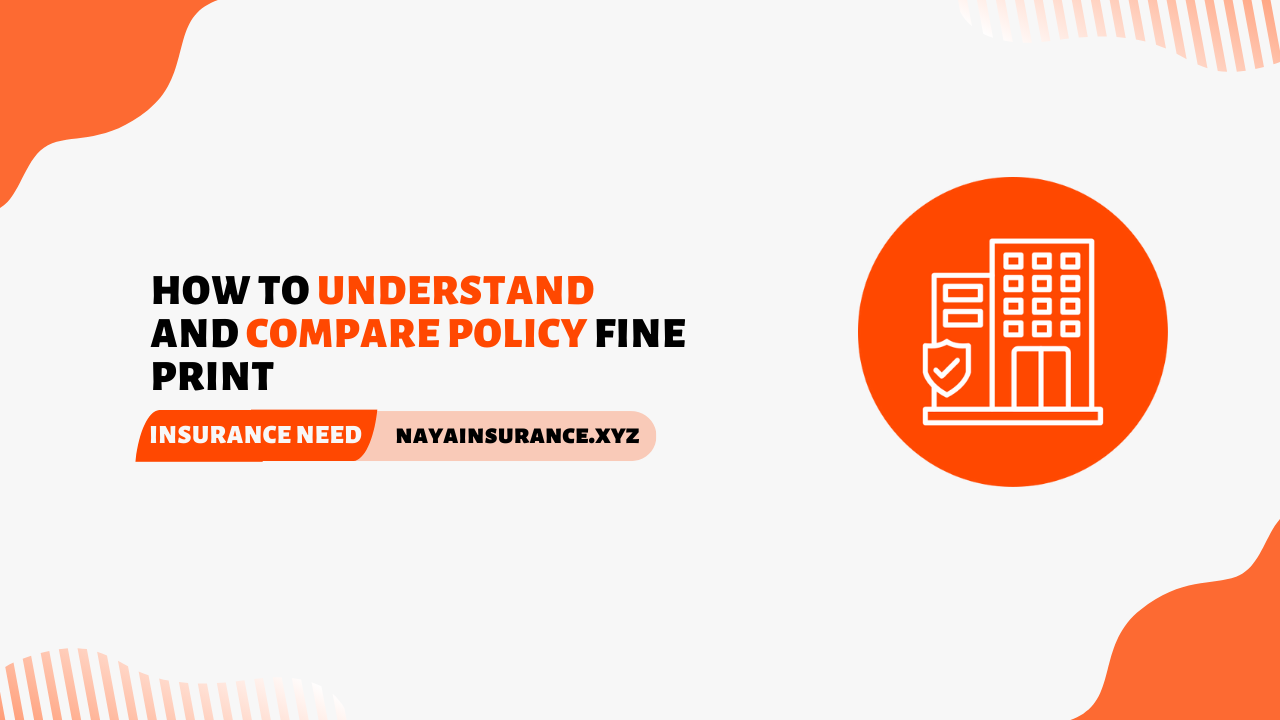Understanding and comparing policy fine print can seem daunting, but it’s a crucial skill that can save you time, money, and headaches. In this article, we’ll break down what policy fine print is, why it matters, and provide a step-by-step guide to help you navigate it effectively.
What is Policy Fine Print?
Policy fine print refers to the detailed terms and conditions that are often found at the end of a policy document. These terms can include important information about fees, coverage, exclusions, and other critical details. While it might be tempting to skip over this section, doing so can lead to unexpected surprises down the line.
Common Types of Policies
There are many types of policies that contain fine print, including insurance policies, loan agreements, and subscription services. Each type of policy has its own set of terms and conditions that you need to be aware of.
Key Terms to Look For
When reading policy fine print, it’s important to look for key terms such as premiums, deductibles, exclusions, and renewal terms. Understanding these terms will help you make informed decisions about the policy.
Step-by-Step Guide to Reading Policy Fine Print
- Read the Entire Document: Start by reading the entire policy document, even if it seems long and boring. This will give you a complete picture of what you’re agreeing to.
- Highlight Important Sections: Use a highlighter or take notes to mark important sections that you need to pay extra attention to.
- Look for Key Terms: Identify and understand key terms that are relevant to your situation.
- Compare Different Policies: If you’re considering multiple policies, create a comparison chart to see how they stack up against each other.
Tools and Resources
There are several tools and resources available to help you understand and compare policy fine print. Online comparison tools, consumer protection websites, and financial advisors can provide valuable insights and guidance.
Common Pitfalls to Avoid
Be aware of common pitfalls such as hidden fees, automatic renewals, and misleading language. These can often be buried in the fine print and catch you off guard if you’re not careful.
Real-Life Examples
Learning from real-life examples can be very helpful. Case studies of policy fine print issues can show you what to look out for and how to avoid common mistakes.
Tips for Effective Comparison
To compare policies effectively, create a comparison chart, focus on key differences, and don’t hesitate to ask questions if something isn’t clear.
Conclusion
In conclusion, understanding and comparing policy fine print is a skill that can save you a lot of trouble in the long run. By following the steps outlined in this article, you’ll be better equipped to make informed decisions about the policies you choose.
FAQs
Here are some common questions about policy fine print and their answers:
- What is policy fine print?
- Policy fine print refers to the detailed terms and conditions found at the end of a policy document.
- Why is it important to read the fine print?
- Reading the fine print helps you understand the full scope of the policy and avoid any surprises.

